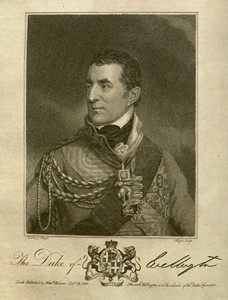 July 22, 2012 marks the 200th anniversary of the Battle of Salamanca. While Napoleon was in the midst of his Russian campaign, other generals were busy consolidating France's position in Spain against a combined force of English, Portuguese, and Spanish rebels.
July 22, 2012 marks the 200th anniversary of the Battle of Salamanca. While Napoleon was in the midst of his Russian campaign, other generals were busy consolidating France's position in Spain against a combined force of English, Portuguese, and Spanish rebels.
Though Wellington is probably best remembered for the Battle of Waterloo in 1815, the battle at Salamanca is often called his masterpiece. On the afternoon of July 22nd, after a full day of fighting, Wellington recognized a weakness in the French army lines. His decisive orders for attack led to a rapid victory for the British forces.
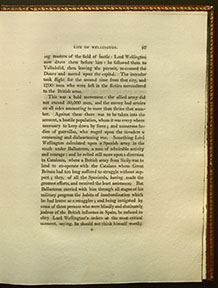 The relative quickness of the British success following this action inspired friends and enemies. The French general Maximilien Foy famously declared "Wellington defeated an army of 40,000 in 40 minutes" when he wrote about his experience at Salamanca in his journal. Robert Southey’s account of the battle from his book Life of Wellington emphasized the dramatic moment Wellington gave his orders.
The relative quickness of the British success following this action inspired friends and enemies. The French general Maximilien Foy famously declared "Wellington defeated an army of 40,000 in 40 minutes" when he wrote about his experience at Salamanca in his journal. Robert Southey’s account of the battle from his book Life of Wellington emphasized the dramatic moment Wellington gave his orders.
"Lord Wellington was at dinner when he was informed of this movement [of French troops]: he saw at once the advantage which had been given; he rose in such haste as to overturn the table, …and in an instant was on horseback, issuing those orders which won the battle of Salamanca."
While these accounts might not be strictly true, they do reflect the quickness of this stage of the battle and the strategic skill shown by Wellington.
Up to this point, Wellington had generally been regarded as a defensive general. Salamanca established his ability as a skillful soldier and tactician. This statement from Baines’ History of the Wars of the French Revolution is characteristic of many of the tributes to the battle and to Wellington:
"The battle of Salamanca was distinguished from all other battles hitherto fought in the peninsula, by several important circumstances: it was more masterly in the design, more gallant in the execution, and followed by consequences of far greater importance."
In retrospect, observers recognized July 22, 1812 as a turning point in the Peninsular War, not only for Wellington's reputation but for the morale of French army on the peninsula. British forces eventually drove the French armies from Spain and invaded Southern France in 1814. If British officer William Napier is to be believed, Wellington was aware of the shift on the afternoon of the battle. Napier recalls seeing Wellington late in the day at Salamanca "…alone, the flush of victory was on his brow… With a prescient pride he seemed only accept his glory as an earnest of greater things." Those greater things would culminate in the Battle of Waterloo, and the final defeat of Napoleon.
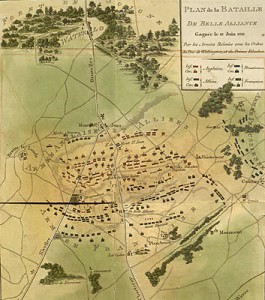
Robert Muir's Book Salamanca, 1812 (Yale University Press, 2001) is a source for more information about the battle and its' importance.
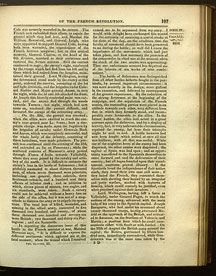
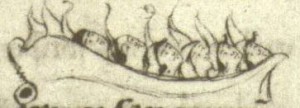

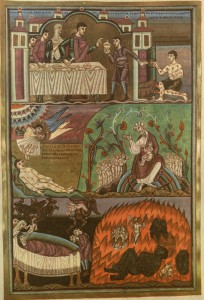
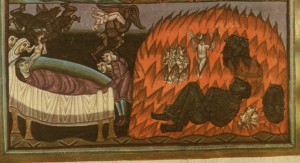
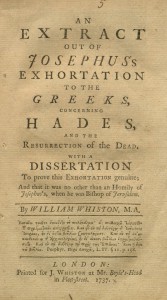

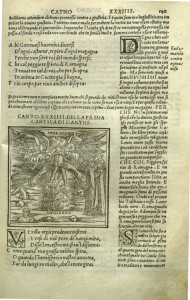
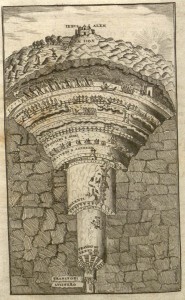
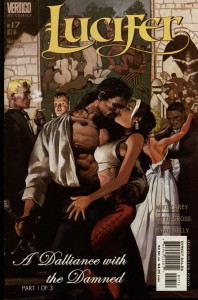

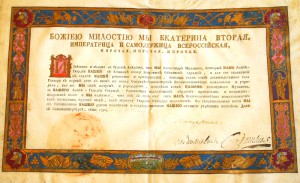
 The 2012 Summer Olympic Games in London begin later this month on July 27th. For nineteen days, athletes from 205 countries will compete in 300 events for gold, silver, and bronze medals. Over one billion people watch the Summer Olympics, when it is held every four years. This month, the colonnade of Ellis Library is showcasing both the history of the Olympic Games and this year’s host city, London. As you are walking through the library, why don’t you stop by one of the displays and learn about some of the most memorable moments in Olympics history, or the history and culture of the only city in the world to host the Summer Olympics three times.
The 2012 Summer Olympic Games in London begin later this month on July 27th. For nineteen days, athletes from 205 countries will compete in 300 events for gold, silver, and bronze medals. Over one billion people watch the Summer Olympics, when it is held every four years. This month, the colonnade of Ellis Library is showcasing both the history of the Olympic Games and this year’s host city, London. As you are walking through the library, why don’t you stop by one of the displays and learn about some of the most memorable moments in Olympics history, or the history and culture of the only city in the world to host the Summer Olympics three times. Special Collections and Rare Books bids a fond farewell to Agnieszka Matkowska. Matkowska has been in residence during the past academic year to consult the Lord collection. The late Albert Bates Lord (1912-1991) was a professor of Slavic and comparative literature at Harvard University best known for his contribution to the understanding of the world’s oral traditions, especially those of the former Yugoslavia. His family donated his library to Mizzou in the Spring of 2011. It comprises a collection of almost 2000 books, articles, and even artifacts, many of which are in the closed stacks of Special Collections and Rare Books. The A.B. Lord Fellowship in Oral Tradition makes these volumes available to international scholars by allowing them to remain in residence at Mizzou for a semester or longer. Matkowska, PhD candidate from Poznan, Poland, was the award’s first recipient.
Special Collections and Rare Books bids a fond farewell to Agnieszka Matkowska. Matkowska has been in residence during the past academic year to consult the Lord collection. The late Albert Bates Lord (1912-1991) was a professor of Slavic and comparative literature at Harvard University best known for his contribution to the understanding of the world’s oral traditions, especially those of the former Yugoslavia. His family donated his library to Mizzou in the Spring of 2011. It comprises a collection of almost 2000 books, articles, and even artifacts, many of which are in the closed stacks of Special Collections and Rare Books. The A.B. Lord Fellowship in Oral Tradition makes these volumes available to international scholars by allowing them to remain in residence at Mizzou for a semester or longer. Matkowska, PhD candidate from Poznan, Poland, was the award’s first recipient.


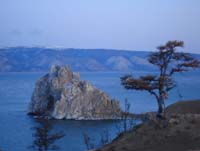

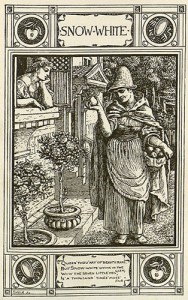 Snow White's been busy lately. This year alone she’s starring in two movies while also appearing in a television series.
Snow White's been busy lately. This year alone she’s starring in two movies while also appearing in a television series.
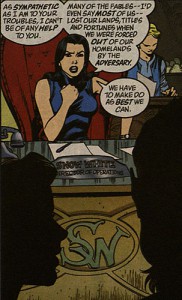 that original tale, while others take a bit of creative license.
that original tale, while others take a bit of creative license.
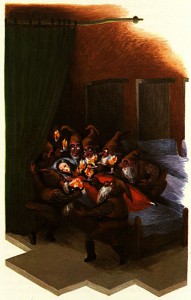
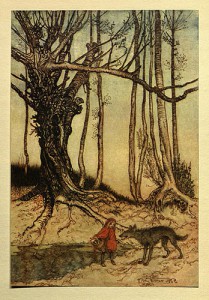

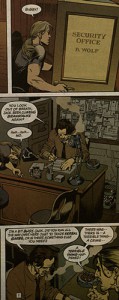

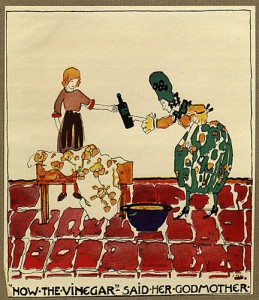
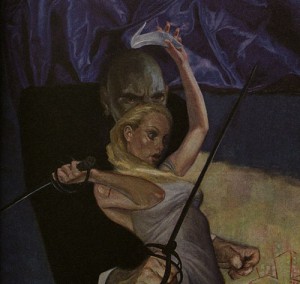
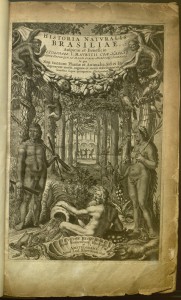 Earth Day gives us a chance to appreciate our planet. In 2012, amazing photos are available from every corner of the globe (and beyond). But what if you lived over 500 years ago? The Americas were full of flora and fauna unknown to Western eyes. Special Collections is home to many volumes that recorded these new discoveries.
Earth Day gives us a chance to appreciate our planet. In 2012, amazing photos are available from every corner of the globe (and beyond). But what if you lived over 500 years ago? The Americas were full of flora and fauna unknown to Western eyes. Special Collections is home to many volumes that recorded these new discoveries.

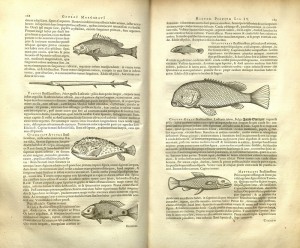

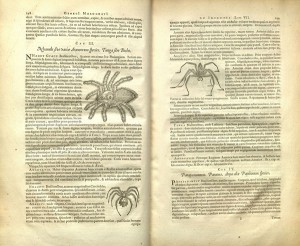
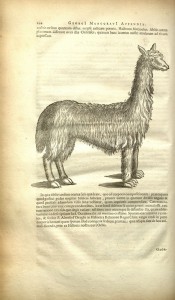
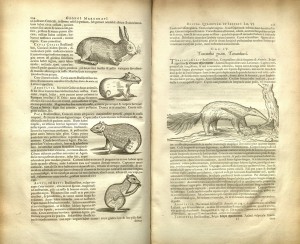




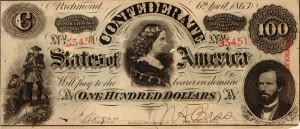
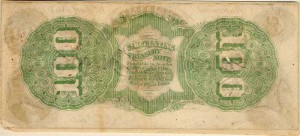
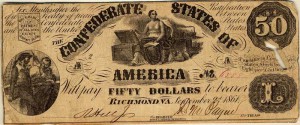

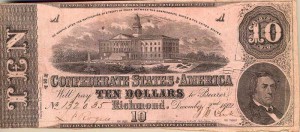

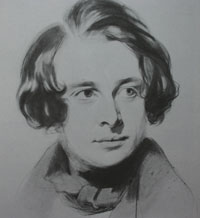 Charles John Huffam Dickens was born on this date in 1812. Dickens, one of the most famous and most belov
Charles John Huffam Dickens was born on this date in 1812. Dickens, one of the most famous and most belov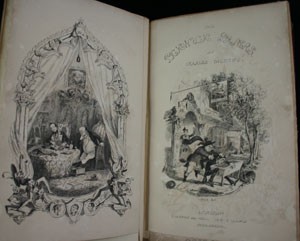 ed of all English novelists, created some of the most powerful characters in fiction. He is known all over the world, and, unlike most great authors, he was rock-star famous in his own time. He moved around a lot as a child and was forced to quit school at twelve years old to work in a factory. Those early memories, however, would later inspire settings both fantastic and real; characters both legendary and sympathetic.
ed of all English novelists, created some of the most powerful characters in fiction. He is known all over the world, and, unlike most great authors, he was rock-star famous in his own time. He moved around a lot as a child and was forced to quit school at twelve years old to work in a factory. Those early memories, however, would later inspire settings both fantastic and real; characters both legendary and sympathetic.
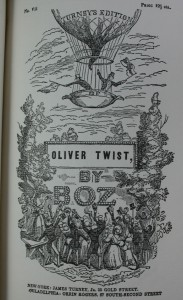 Sketches by Boz, The Pickwick Papers, Oliver Twist, Nicholas Nickleby, The Old Curiosity Shop, Barnaby Rudge, and American Notes.
Sketches by Boz, The Pickwick Papers, Oliver Twist, Nicholas Nickleby, The Old Curiosity Shop, Barnaby Rudge, and American Notes.
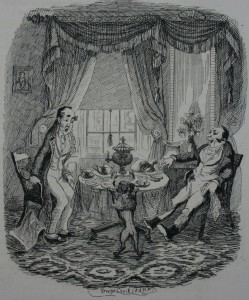 The first of these pairings was with George Cruikshank, a popular cartoonist at the time. The author and illustrator became great friends, though their relationship soured due to many factors including Cruikshank’s growing obsession with the Temperance movement.
The first of these pairings was with George Cruikshank, a popular cartoonist at the time. The author and illustrator became great friends, though their relationship soured due to many factors including Cruikshank’s growing obsession with the Temperance movement.

 Knight Browne worked with Dickens for over 23 years. He adopted the nickname Phiz to complement Dickens’ Boz.
Knight Browne worked with Dickens for over 23 years. He adopted the nickname Phiz to complement Dickens’ Boz.
 “No other illustrator ever created the true Dickens characters with the precise and correct quantum of exaggeration.”
“No other illustrator ever created the true Dickens characters with the precise and correct quantum of exaggeration.”
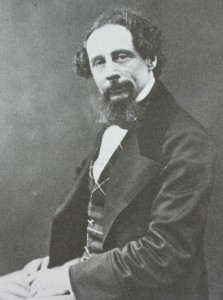 Celebrate his 200th birthday by dropping by Special Collections in Ellis Library to read the stories as Dickens so meticulously intended. We have many of his greatest works, some beautifully bound, dating from the beginning of the author’s literary career. Experience what created this pop sensation first-hand!
Celebrate his 200th birthday by dropping by Special Collections in Ellis Library to read the stories as Dickens so meticulously intended. We have many of his greatest works, some beautifully bound, dating from the beginning of the author’s literary career. Experience what created this pop sensation first-hand!